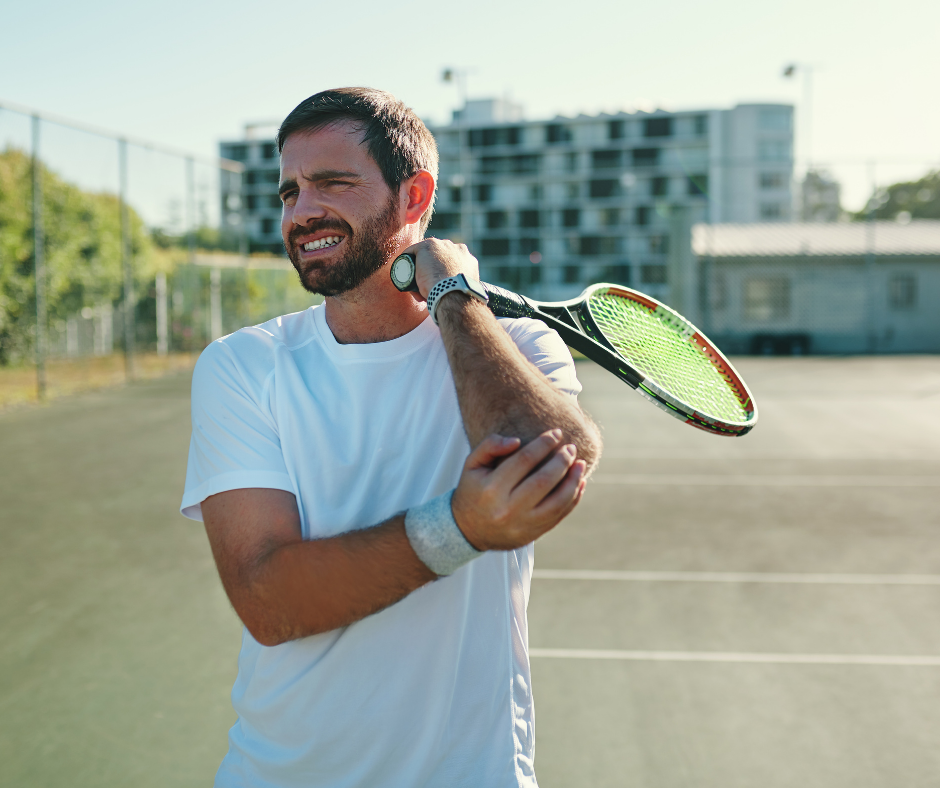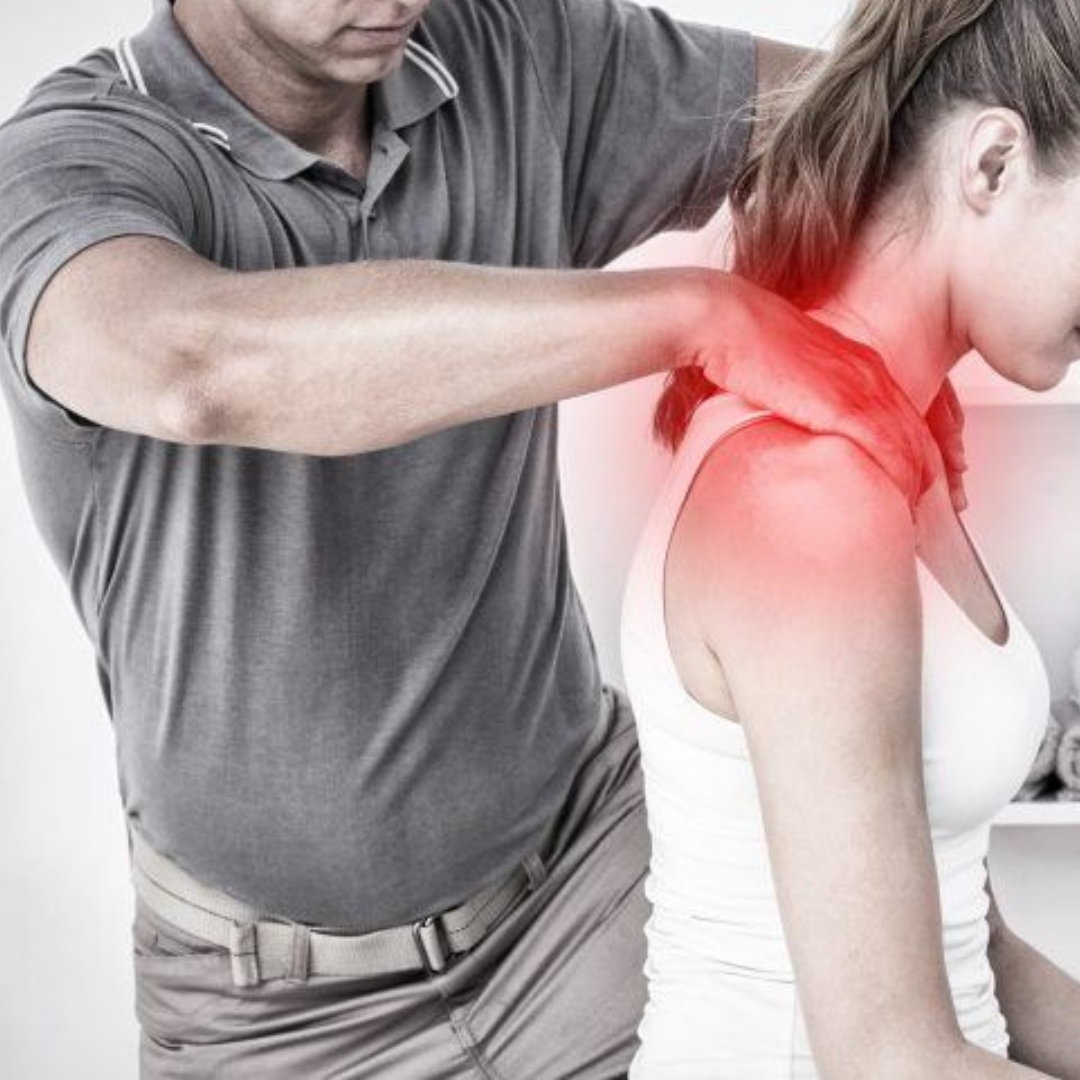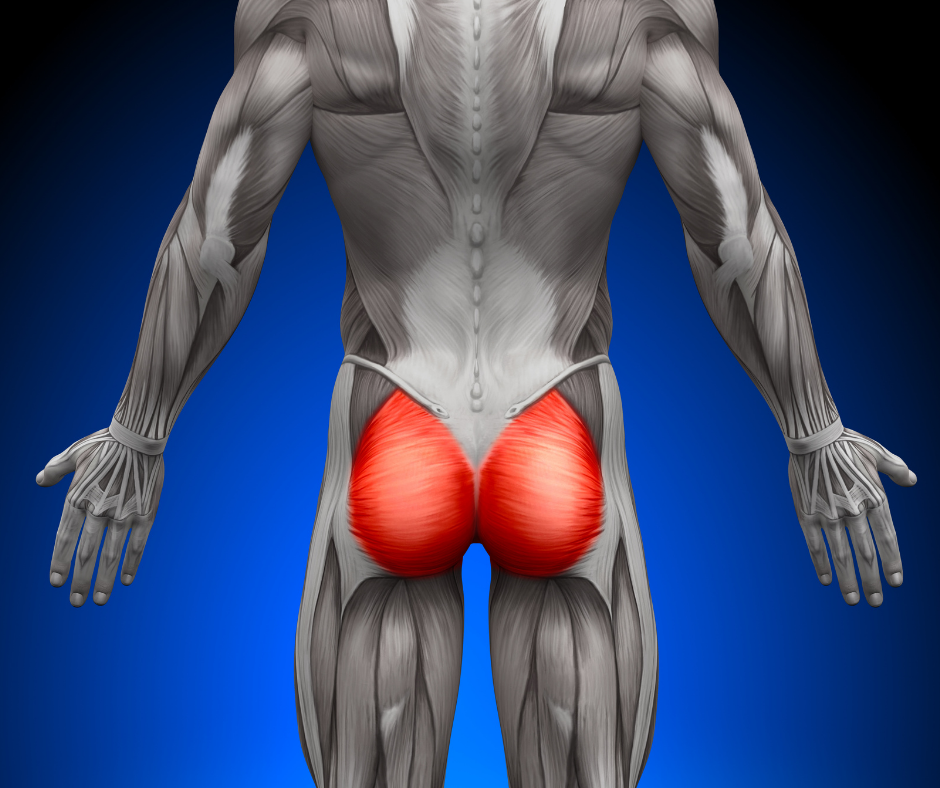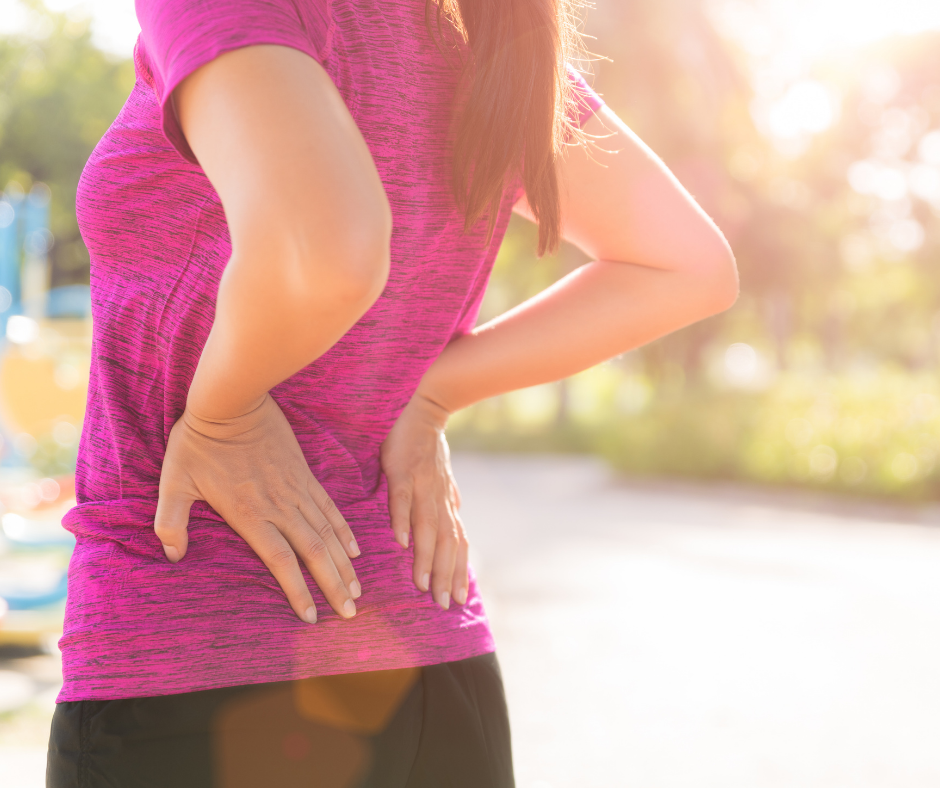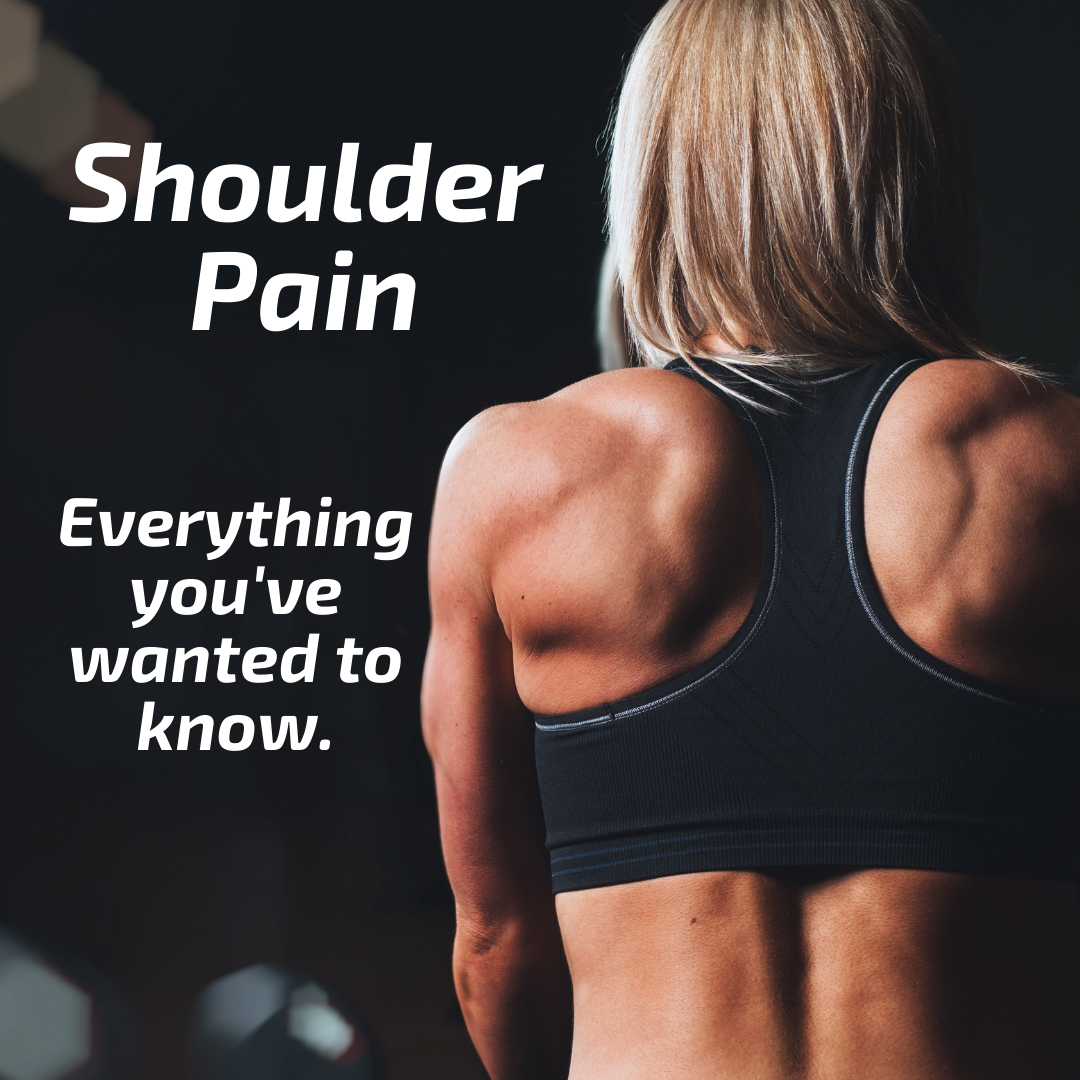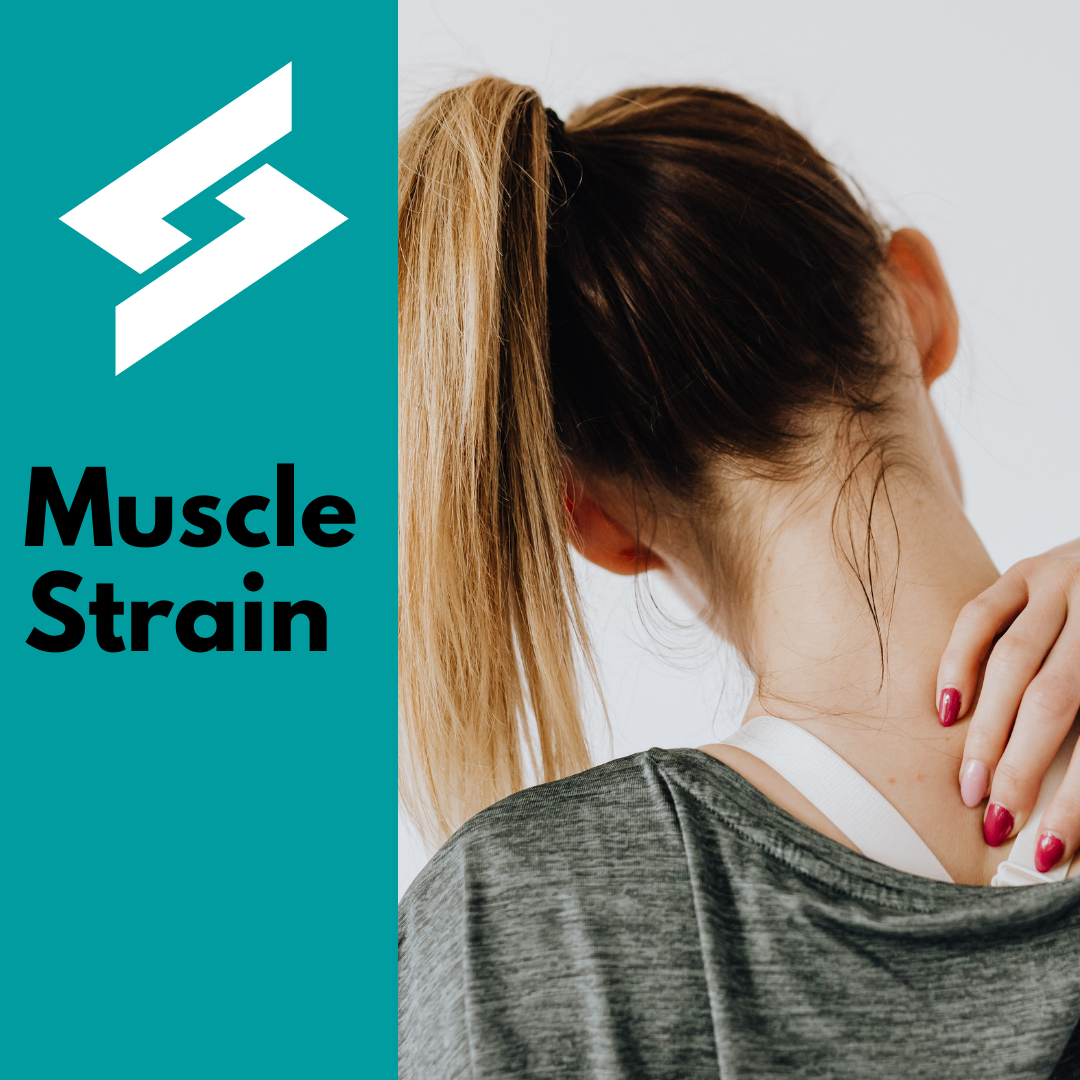MN Spine and Sport Nominated in 5 “Best of Minnesota” Categories!
We've been nominated in 5 categories for "Best of Minnesota"! Use this link to vote daily from March 12 - April 5, 2023. Winners will be announced August 13th! Vote MN Spine and Sport We've been nominated for: 1). Best Chiropractor 2). Best Acupuncture 3). Best Sports Medicine 4). Best Physical Therapy 5). Best Wellness and Recovery Services...
Read More


